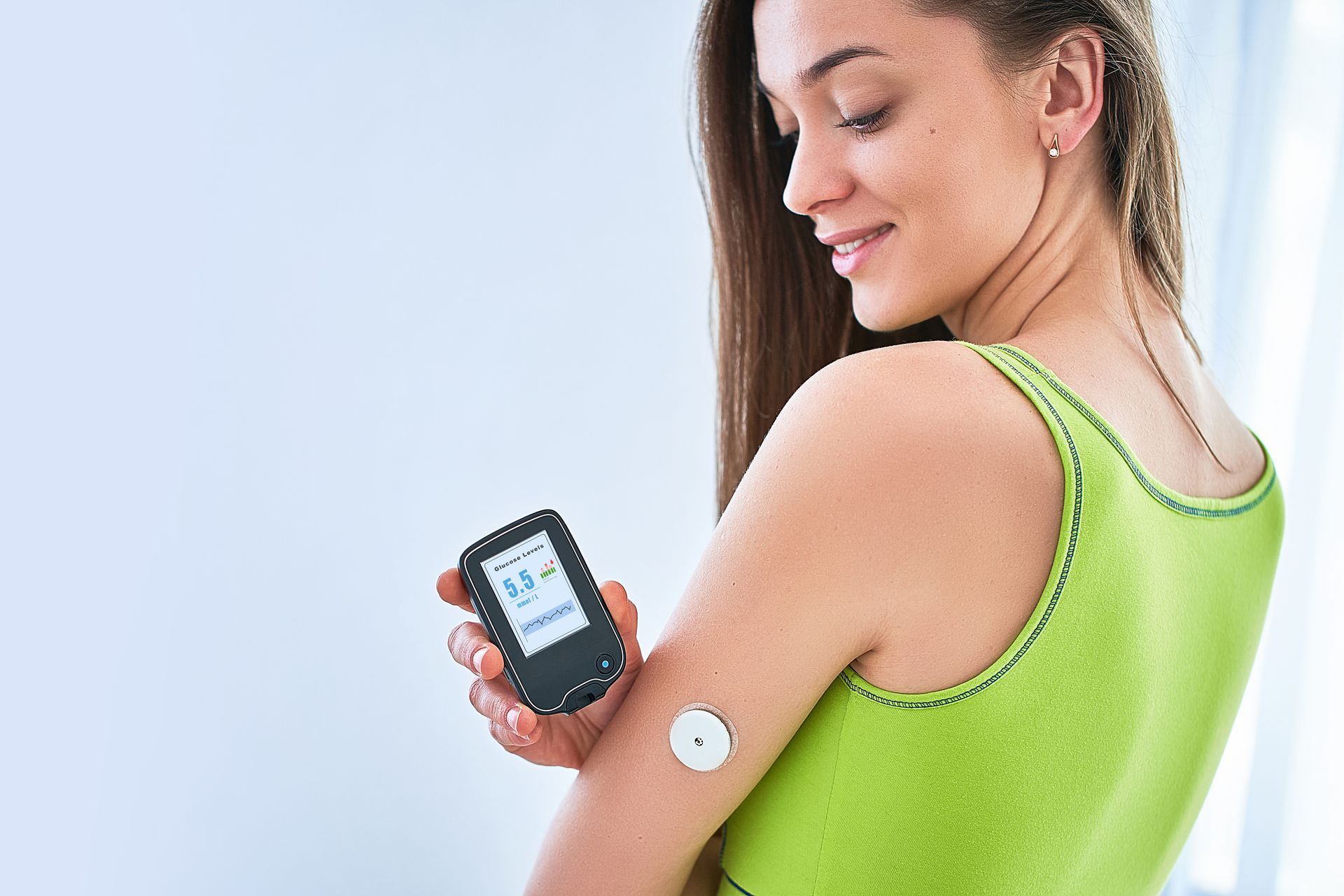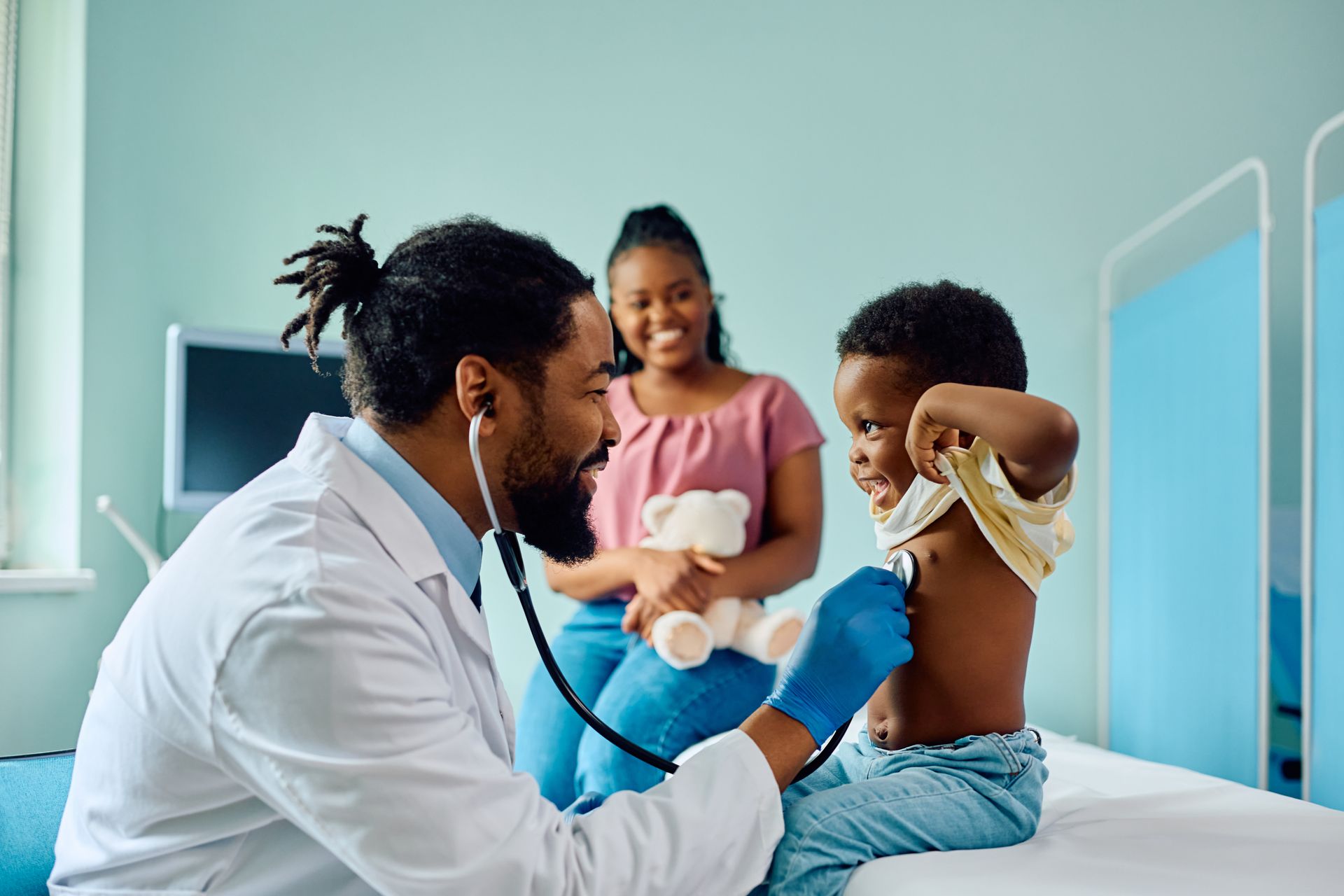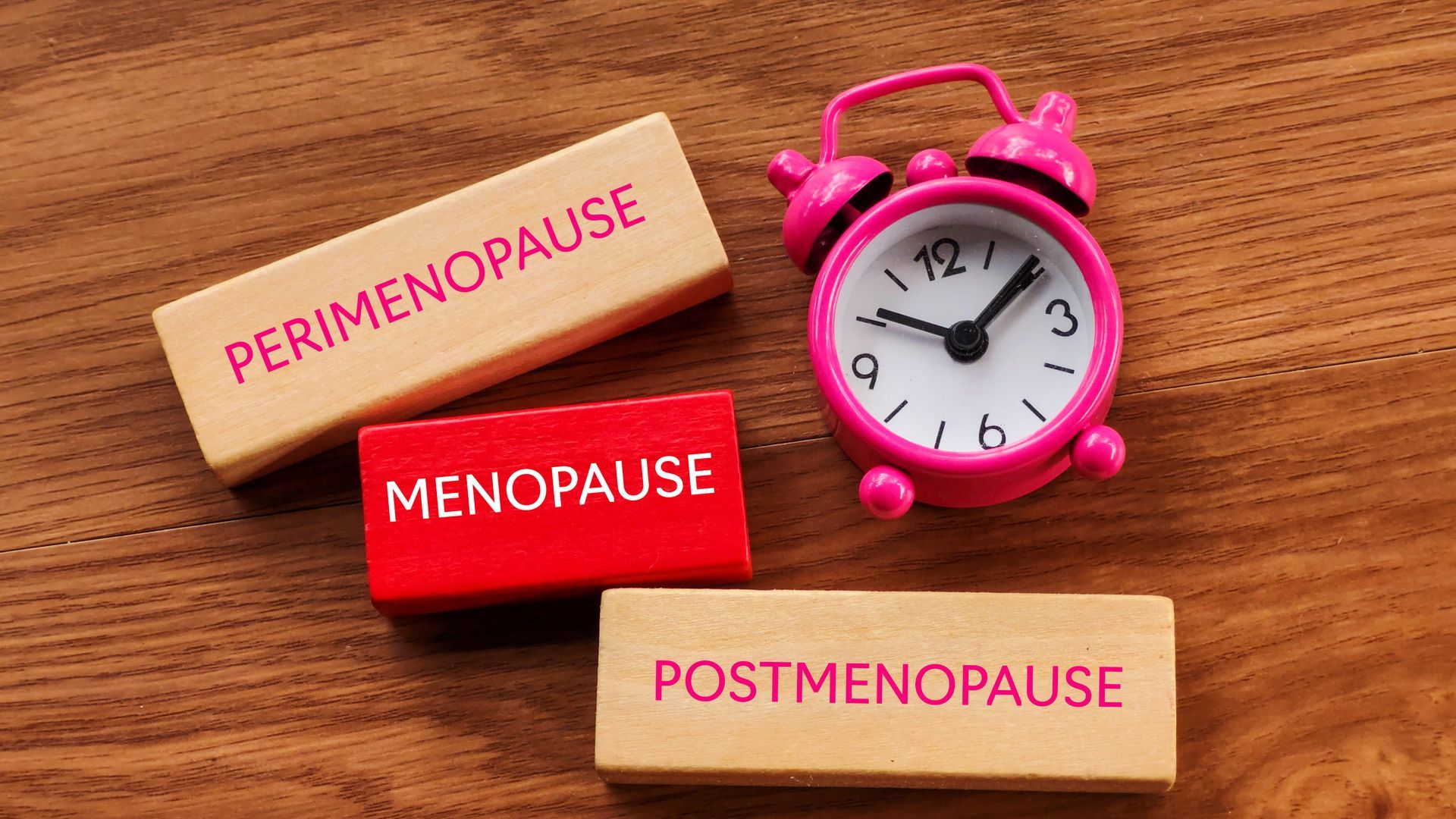Recent Posts
An Important Back to School Step: Eye Exams

School is starting back up this month. You have gone through your lists of school supplies. You’ve gone clothes shopping. You’ve got all your ducks in a row but don’t forget about one extremely important step: your child’s eye exam. August is Children’s Eye Health and Safety Month so it’s the perfect time to make sure your child has good ocular health and a great start to the school year.
The American Optometric Association recommends that children get their first eye exam at 6 months, their second exam at 3 years, and their third exam before 1st grade. After that, children should be seen every 1-2 years. Having their vision checked in the pediatrician’s office is not an eye exam. It’s more of a screening tool. An optometrist will check much more than just their vision. We will check the way their eyes work together, depth perception, focusing, as well as their ocular health in the front of and behind their eyes.
A common myth is that if a child is healthy or can see well, then their eyes are healthy and they don’t need glasses. However, there can be problems that a child may not notice or they can actually have an uncorrected prescription. Children that are far sighted, for example, can see well but have a lot of eye strain. Additionally, a child’s visual system is very adaptable before they turn 8 years old. If there is a problem that is not caught until after that age, vision can be permanently decreased.
The most common findings during an eye exam include
- refractive errors: myopia, hyperopia, and astigmatism
- strabismus: one eye turning in, out, up, down, or a combination when both eyes are open, sometimes called a “lazy eye”
- amblyopia: when one or both eyes do not correct to 20/20 due to a strabismus or high refractive error, also called a “lazy eye”
- ptosis: a droopy lid due to a mechanical or neurological cause
- cataracts: a pediatric cataract is often present from birth, is a cloudiness of your natural crystalline lens, and can cause poor development of the connection between the brain and the eye
- blocked tear duct: often found in infants, this blockage of the drainage system from your eyes through the back of the nose can cause irritation and significant watering of the eyes. It may need surgical treatment.
- conjunctivitis: this can be from allergic, viral, or bacterial causes and can cause significant watering or mucous discharge. Depending on the cause, it can be highly contagious.
As a child grows, their prescription can also change. It is important to have regular eye exams to monitor and treat for these changes. Please contact your eye doctor to schedule your child’s eye exam or to ask any questions.









